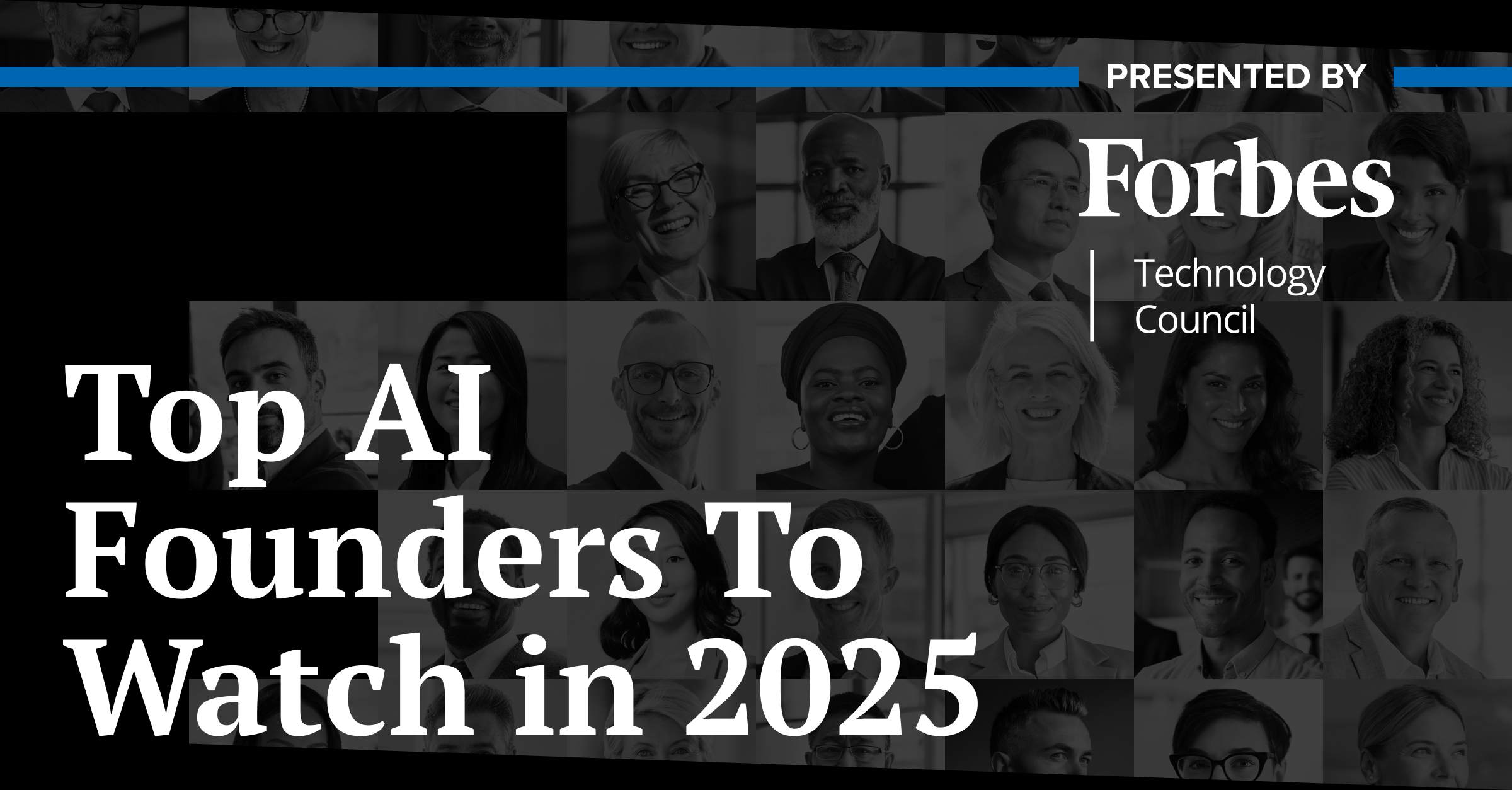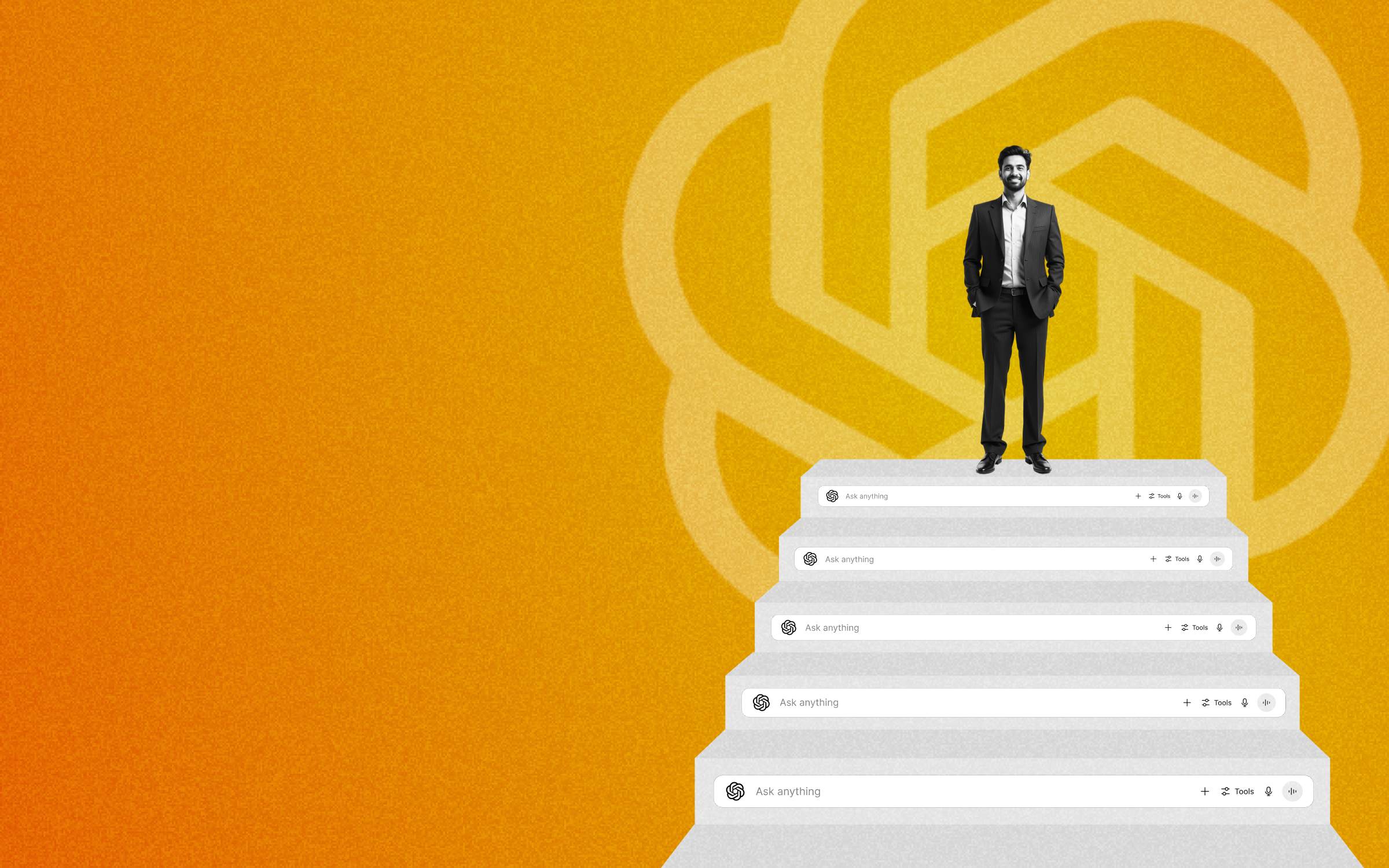July 26 is recognized as the day the Americans with Disabilities Act (ADA) was voted into law. This is a starting point resource for employers to actively support and recognize employees with disabilities in the workplace.
Overview
The Americans with Disabilities Act prohibits discrimination against people with disabilities. In relation to employment, Title I of the ADA protects the rights of both employees and job seekers by offering protections during the job application process, including during hiring, firing, advancement, and compensation. Employers with 15 or more employees must follow the law of Title I under the ADA and that includes state and local governments.
Use the quick navigation links below to jump ahead to a specific topic:
- The History of the Americans with Disabilities Act (ADA)
- Why the ADA Is Important
- How the ADA Is Traditionally Recognized
- Employee Considerations
- How to Recognize the ADA at Work
- Documentaries to Watch
- Books to Read
- Guest Speakers
- How Companies Are Recognizing the ADA
- Resources
The History of the Americans with Disabilities Act (ADA)
The history of the Americans with Disabilities Act dates back to 1986 when the National Council on Disability recommended and drafted the first version of the bill, which was introduced to both the House and Senate in 1988. The early drafts received bipartisan support from lawmakers but drew opposition and criticism from business leaders and conservative evangelicals.
The final version of what is now the law of land was signed into law by then President George H. W. Bush on July 26, 1990 and includes both mental and physical medical conditions. The law was later amended in 2008 and signed by then President George W. Bush. Today, the ADA is a civil rights law that also requires employers to provide reasonable accommodations to employees with disabilities and enforces accessibility requirements on public accommodations.
Why the Americans with Disabilities Act Is Important
The ADA prevents discrimination against people with disabilities and lays out a framework for equal opportunity that employers, commercial facilities, telecommunications, and government services must follow. Title I of the law focuses on equal employment, stating that employers must provide people with disabilities an equal opportunity to benefit from employment-related opportunities available to others.
According to the Bureau of Labor Statistics (BLS), the number of U.S. employees with disabilities is increasing; 21.3% of Americans with a disability were employed in 2022, compared to 19.1% in 2021. However, there is still work to be done to accommodate people with disabilities in the workplace.
Key Facts:
- In 2022, people with disabilities were twice as likely to be unemployed compared to people without disabilities.
- People with disabilities were much less likely to be employed across all age groups.
- 30 percent of people with disabilities were employed part-time in 2022.
- People with disabilities were more likely to be self-employed or have freelance work.
- Roughly half of all workers with disabilities were 65 and over.
Employers should take into account that providing accommodations for people with disabilities creates an inclusive workforce. Here is a calendar of important dates:
- March — Developmental Disabilities Awareness Month
- March 13 — Deaf History Month begins
- April — Autism Acceptance Month
- April 2 —World Autism Awareness Day
- April 15 — Deaf History Month Ends
- May — Mental Health Awareness Month
- July — Disability Pride Month
- October — National Disability Employment Awareness Month
- December — International Day of Persons with Disabilities
How the ADA Is Traditionally Recognized
This year marks the 33rd anniversary of the Americans with Disabilities Act, and the theme is “Celebrate, Learn, Share.” Popular hashtags are #ThanksToTheADA, #ADA33, #ADANetwork, and #DisabilityPride.
Last year, President Biden and Vice President Harris marked the occasion with a proclamation and met with advocates from the disability community. “For more than 60 million Americans living with disabilities, the ADA is so much more than a law. It is a source of opportunity, participation, independent living, and respect and dignity,” said President Biden during his remarks during the 2022 anniversary proclamation signing. The ADA National Network hosts a number of nationwide events.
ADA Employee Considerations
Reasonable accommodations create a safe and inclusive environment for employees with disabilities. The U.S. Department of Commerce defines reasonable accommodation as “any change or adjustment to a job or work environment that permits a qualified applicant or employee with a disability to participate in the job application process, to perform the essential functions of a job, or to enjoy benefits and privileges of employment equal to those enjoyed by employees without disabilities.”
Reasonable accommodations include:
- Offering interpreters or screen readers for employees
- Providing employees flexibility in work hours and location
- Modifying training materials or company policies
- Job restructuring — rethink what constitutes an “essential” job function
How to Recognize the ADA at Work
Ensure your workplace is an accessible environment for all employees. Provide accommodations such as screen readers, braille keyboards, or wheelchair-accessible desks based on employee needs.
Host workshops. Bring in a professional to educate employees on how to best support and be an ally for people with disabilities in the workplace. Use a full-service speakers bureau such as Collective Speakers.
Demonstrate the use of assistive devices at a community event. Bring in a guest speaker to explain how devices can be used in the workplace.
Lead a volunteer day. Partner with a nonprofit that supports people with disabilities.
Organize a disability awareness poster contest. Foster employee support through events or contests.
Exhibit works by artists with disabilities. Feature people with disabilities in your upcoming company newsletter.
Partner with employee resource groups (ERGs) to host events. Choose a TED Talk or documentary from our list below to discuss as a team.
Documentaries to Watch
- “Hawking” (2013; available on Apple TV)
- “Misunderstood Minds” (2002; available on PBS)
- “Let’s Work!” (2022; available on YouTube)
- “Rising Phoenix”(2020; available on Netflix)
Books to Read
- “Demystifying Disability: What to Know, What to Say, and How to Be an Ally,” by Emily Ladau (2021)
- “The Disability Experience: Working Toward Belonging,” by Hannalora Leavitt (2021)
- “Being Huemann,” by Judith E. Heumann (2020)
- “Disability Visibility,” by Alice Wong (2020)
- “Year of the Tiger: An Activist’s Life,” by Alice Wong (2022)
Guest Speakers
- Lex Frieden is a university professor in Houston and a director of the Independent Living Research Utilization Program at TIRR Memorial Hermann Hospital, which is a rehabilitation facility serving people with disabilities including spinal cord and brain injuries. Previously, he served as a chairperson of the National Council on Disability under President George W. Bush.
- Becky Curran Kekula, disability inclusion advisor and advocate, works as a motivational speaker. Previously, Kekula worked for the Screen Actors Guild-American Federation of Television and Radio Artists’ equity and inclusion department.
- Tiffany Yu, founder and CEO of Diversability, advises clients to elevate disability pride. She became disabled at age 9 following a car accident.
How Companies Are Recognizing the ADA
The ADA National Network compiles a list of events taking place nationwide. Upcoming events include:
- July 20 — ADA Anniversary Twitter Chat
- July 25 — ADA Anniversary Update
- July 27 — Celebrate ADA! Learn About ADA Resources for Information, Guidance, and Training
Globally, companies are developing new technology to support people with disabilities:
- Delta is designing an airline seat that’s wheelchair-friendly.
- GPT-4 is creating a “virtual volunteer” for people with visual impairments.
- Kellogg is partnering with NaviLens to create a QR code for blind consumers.
Resources
- Access Living: Learn how to be a better ally.
- American Council of the Blind: Discover resources for employees with disabilities.
- Coolors palette generator: Evaluate how colors will be perceived by those who experience color blindness.
- Disability:IN: Find conferences, resources, and events centered around disability inclusion.
- Disability Language Style Guide: Understand language guidelines from the National Center on Disability and Journalism.
- National Council on Disability: Read about disability rights.
- WebAIM contrast checker and Who Can Use: Use these tools to assess the color contrast of your company website and employee handbook.
Back to Top
Visit our DEI calendar for a complete list of holidays, events, and commemorations for DEI leaders to recognize throughout the year.






